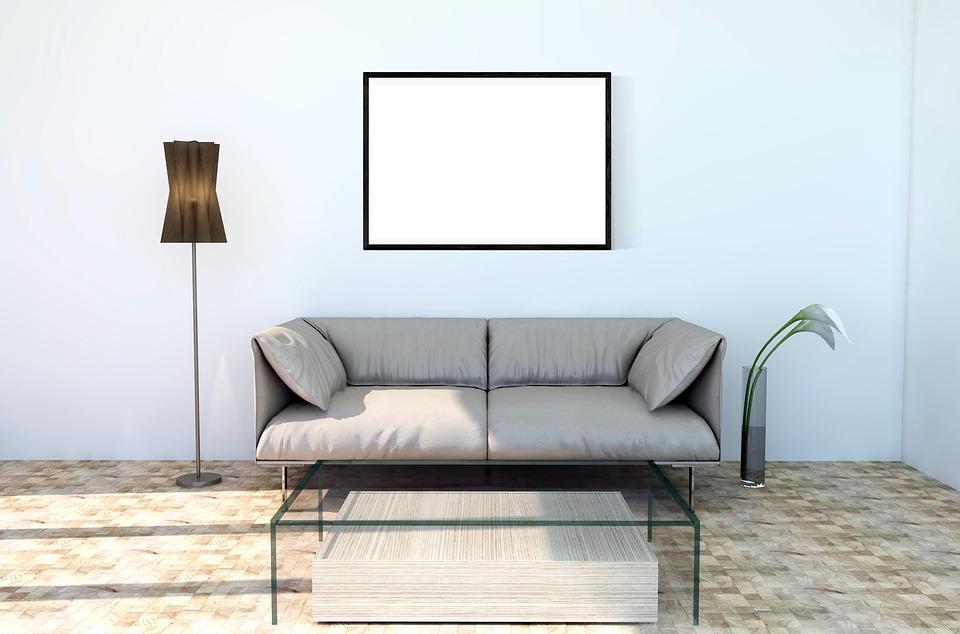How’s lockdown treating you? Have you finally gotten round to mastering how to bake in the kitchen? Have you cleaned every room from top to bottom at least twice? Or are you itching to redecorate every room now you have time on your hands?
I know a lot of people who are using this newfound spare time to get painting. A fresh coat in any room is always a fun and fresh way to improve a space. If you’re in the middle of planning a paint job, here’s some advice on preparation and what NOT to do.
Well, honestly there is nothing like what not to do if you have taken up the painting job just for fun. Besides, you can always dial up a painter as soon as the lockdown eases maybe by making a web search similar to “my house painter“. He will potentially be able to rectify your mistakes by applying a fresh coat of paint again. That being said, the below pointers would help you with what to do if you have decided already to paint your own walls:
If you can see it, it can get paint on it
Putting all the furniture in the middle of the room and throwing an old bed sheet over it won’t work. A good rule of thumb before painting is if you can see anything in the room you don’t want paint on, get it covered.
Even if you’re in one corner with a sheet underneath and you’re nowhere near the opposite side of the room, you’ll surprise yourself by getting paint in the weirdest of places; usually, because even the faintest flick of a paintbrush will see specks fly around. And speaking of brushes…
Check your brushes are in good condition
Do your paint brushes have to be dusted off for use? You might not need to go and buy a whole new bunch of brushes when you’re painting, but it helps to know if they’re in good condition and if you have the right brush for the job.
Most painting done indoors needs an acrylic/synthetic style brush. They’ll usually have a smooth touch on the ends of the bristles and be almost “springy” if you press down on the brush. This helps them create a more even finish.
If you have paintbrushes tucked away and don’t know if they’re good to use, give them a good wash with soapy water. You don’t automatically need to reach for the white spirit. If you can wash a brush, and it can smoothly run your fingers through, springing back after a good shake dry, you should be good to go.
Know to shop around
Have you seen some of the queues outside stores these last few weeks while everyone is going DIY daft?
We tend to think of paint as something you need to go out and buy physically, but just like everything else these days, it’s easy enough to get online.
My tip is to look for online stores which specialise in “trade paint”. These are spots where tradespeople get better deals, especially when buying big tubs of emulsions. The Paint Shed is one such store, which will deliver paint right to your door in just a few days.
And to think it’s taking weeks to get a delivery slot from the supermarket!
Become a masking master
Precision is what separates the best painters from average ones. You want to paint with the accuracy of a marksman when working at home, but you’ll most likely end up with a few sloppy areas. To avoid splotches of paint on skirting boards, handles, switches and socket, get a reliable masking tape.
Don’t get the stuff from the pound shop that barely sticks on and will move about the second your paintbrush hits it. Get a strong tape which forms a tight seal. It also helps to get tape that isn’t the same colour as your paint. It will help you see if you’re going off the mark when painting in a straight line.
Caulk it up!
Dealing with holes, cracks and bumps on your walls can be tedious. Unlike the magic of applying some Tippex over your old school homework, you can’t use paint to cover up chips and holes.
Before you even lift a brush to a wall, get yourself some caulk, sanding paper and filler. Your walls need to be like a blank canvas before you paint, so have a good look at trouble spots like:
- Where the door handle touches the wall when open
- Around plug sockets
- Where the wall meets the ceiling
- The corners of the room
- Around hinges
These are all areas prone to cracks. If your home is a little old, and you notice that some of the walls have developed bigger cracks already, then it may be time for a renovation before you paint. If you think this may be the case, then look for reputed renovation contractors like those at https://generalcontractoratlanta.com/. They can look at the issues and provide solutions that could work out affordably, giving your interiors a fresh new look. If you simply paint over the cracked walls, the paint will sink in and end up cracking over time.
Fancy some more decorating advice?
Visit the Home Décor section of the blog to see the latest posts on everything you can get up when you want to revamp different rooms in the house. Recent posts have included tips on making your home look luxurious on a budget, and How To Transform A Boring Bedroom With Modern Décor.
Give it a go and see if inspiration strikes.




